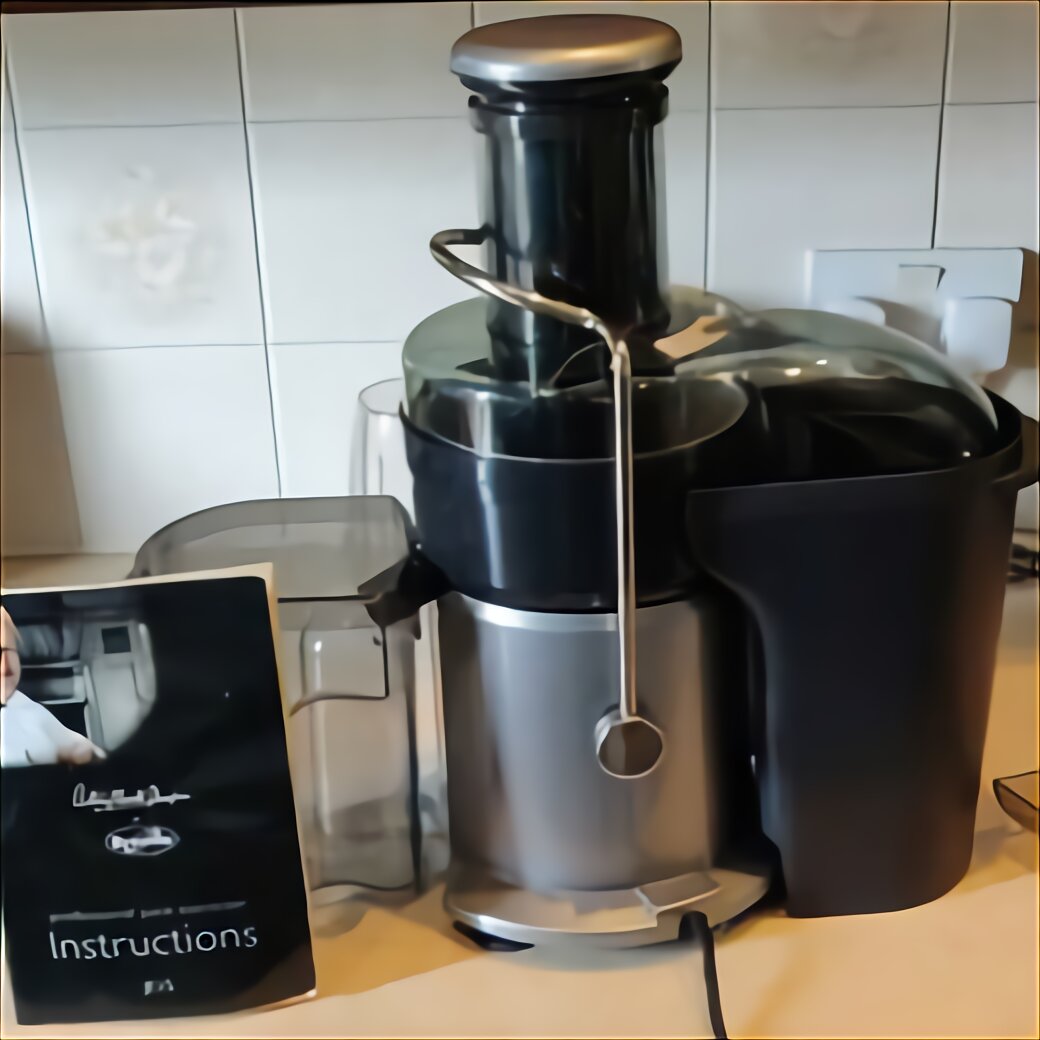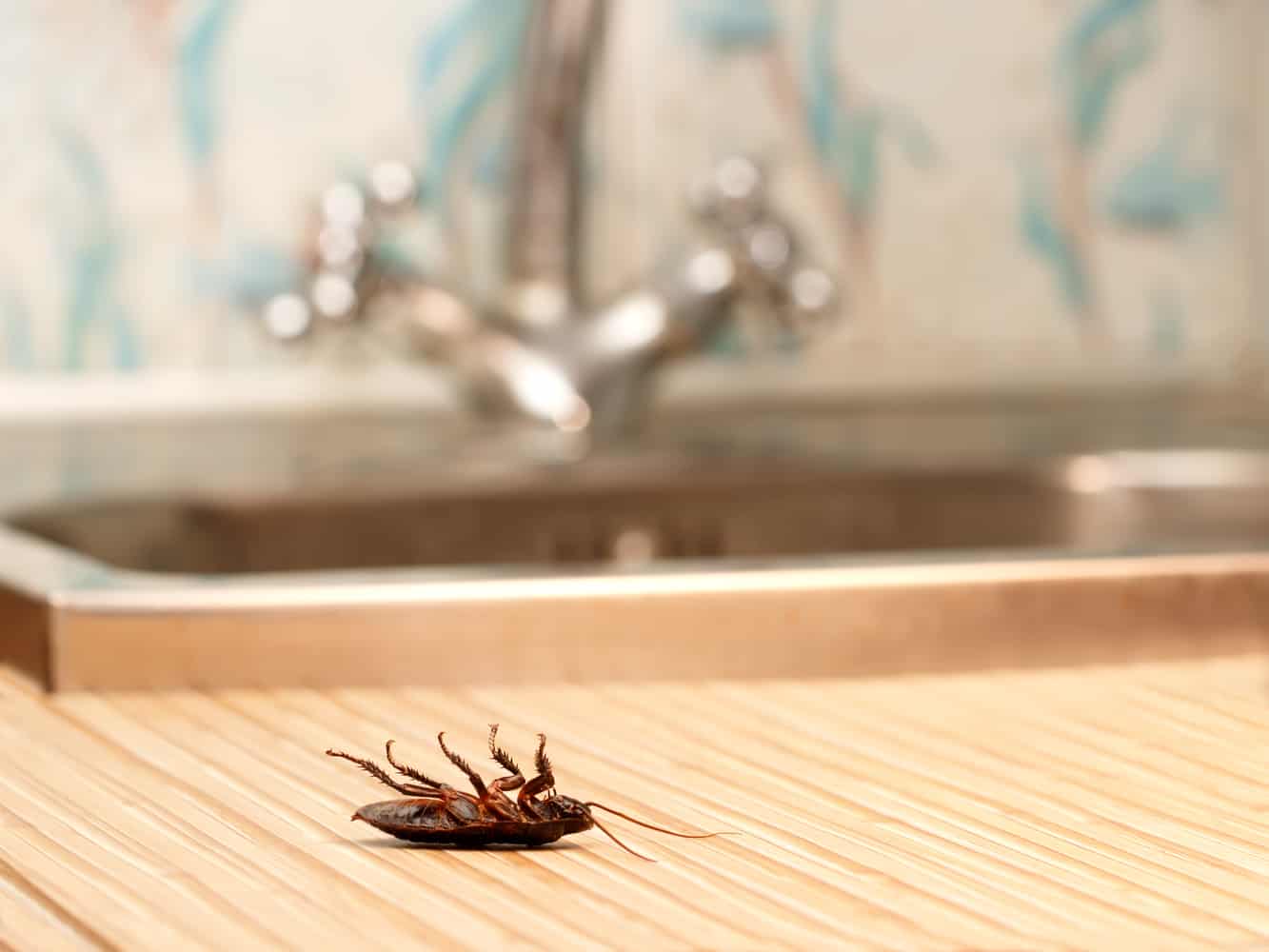Permaculture is an approach to gardening and farming that is gaining popularity as more people seek to live sustainably and minimize their environmental impact. But what exactly is permaculture, and how can we incorporate it into our homes, gardens, and communities?
At its core, permaculture is about working with nature rather than against it. It is a holistic approach that emphasizes the interconnections between all living things, from the soil microbes that support plant growth to the bees and butterflies that help pollinate our crops. By designing our homes and landscapes with these connections in mind, we can create thriving ecosystems that are not only beautiful and productive, but also resilient and sustainable.
One key principle of permaculture is using natural patterns and processes to guide our design. For example, instead of relying on chemicals and heavy equipment to grow our crops, we can mimic the way plants grow in nature and use techniques like companion planting, cover cropping, and mulching to create healthy soil and promote biodiversity. By working with natural systems rather than trying to control them, we can reduce our reliance on fossil fuels and other non-renewable resources, and create a more sustainable future for ourselves and our communities.
Another important aspect of permaculture is community building. By working together with our neighbors to share resources, knowledge, and labor, we can create stronger, more resilient communities that are better able to weather economic and environmental challenges. Whether it’s through community gardens, skill-sharing workshops, or other collaborative projects, permaculture can help us build relationships and connections that support our wellbeing and the health of the planet.
But permaculture isn’t just for rural areas or large-scale farms. We can apply many of the principles and techniques of permaculture to our own homes and gardens, no matter where we live. From growing herbs and vegetables in container gardens on your balcony, to composting your food scraps and yard waste, to using rain barrels or greywater systems to irrigate your plants, there are many ways to incorporate permaculture into your daily life.
One great example is the humble zucchini plant. Zucchini is a staple of many vegetable gardens, but it can be prone to a fungal disease called powdery mildew that causes the leaves to turn white and can eventually weaken or kill the plant. Rather than resorting to chemical fungicides, which can harm beneficial insects and soil microbes, we can use natural remedies like baking soda, neem oil, or compost tea to combat the fungus and keep our plants healthy. By working with nature rather than against it, we can create a thriving garden that supports our wellbeing and the health of the planet.
So whether you’re a seasoned gardener looking to take your skills to the next level, or a curious newbie looking to learn more about sustainable living, permaculture is an approach that can help you create a more resilient and thriving home, garden, and community. So dig in, get your hands dirty, and see what wonders you can create with the power of permaculture!
If you are searching about Interesting facts about zucchini | Just Fun Facts you’ve visit to the right page. We have 10 Pictures about Interesting facts about zucchini | Just Fun Facts like Zucchini Blossoms are Colorful and Edible | Summer vegetables garden, How to Cook Zucchini Leaves | LIVESTRONG.COM and also How to Cook Zucchini Leaves | LIVESTRONG.COM. Read more:
Interesting Facts About Zucchini | Just Fun Facts

justfunfacts.com
unisexual five trichomes
Zucchini Blossoms Are Colorful And Edible | Summer Vegetables Garden

www.pinterest.com
zucchini vegetables hgtv
Are Zucchini Leaves Edible | Swiatwedlugsiski

swiatwedlugsiski.blogspot.com
yellowing
How To Cook Zucchini Leaves | LIVESTRONG.COM
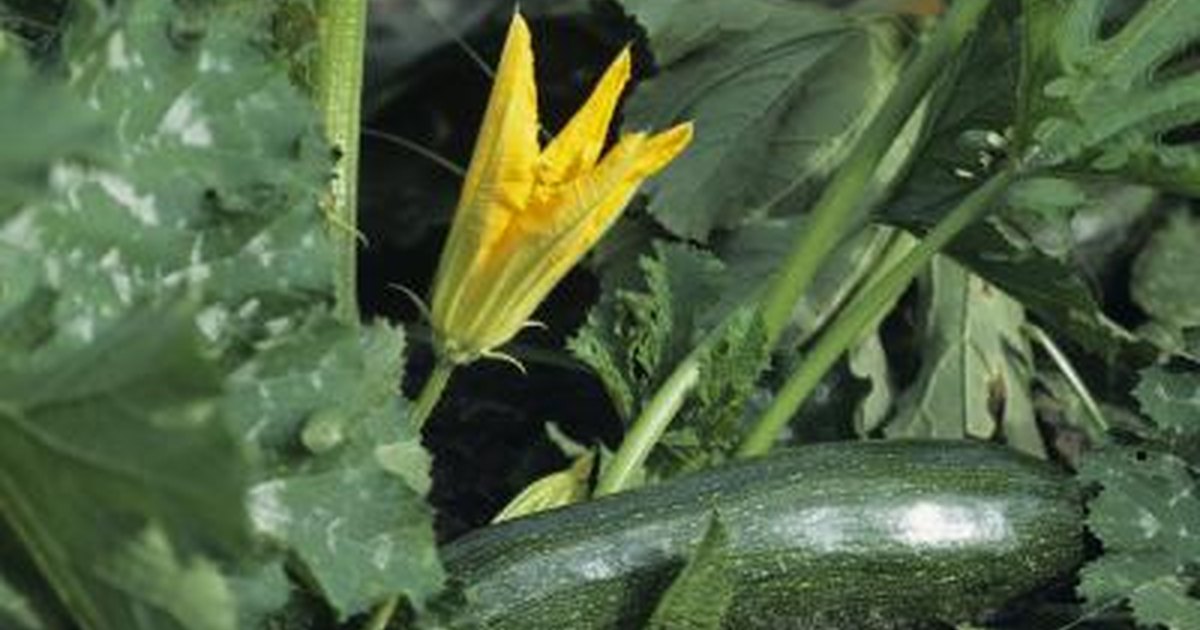
www.livestrong.com
zucchini leaves spots silvery baby squash livestrong naturally occuring some pumpkin cook cucumber plants getty
Are Zucchini Leaves Edible | Swiatwedlugsiski

swiatwedlugsiski.blogspot.com
Morag Gamble Blogs About Permaculture In The Home, Garden And Community

www.pinterest.com
permaculture
7 Ways To Eat Zucchini Greens – Our Permaculture Life
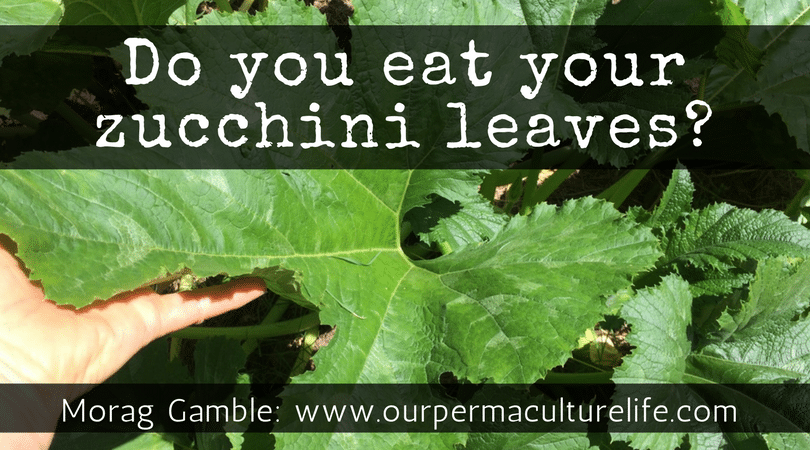
ourpermaculturelife.com
zucchini leaves eat
White Spots On Your Zucchini Leaves? What It Is & What To Do
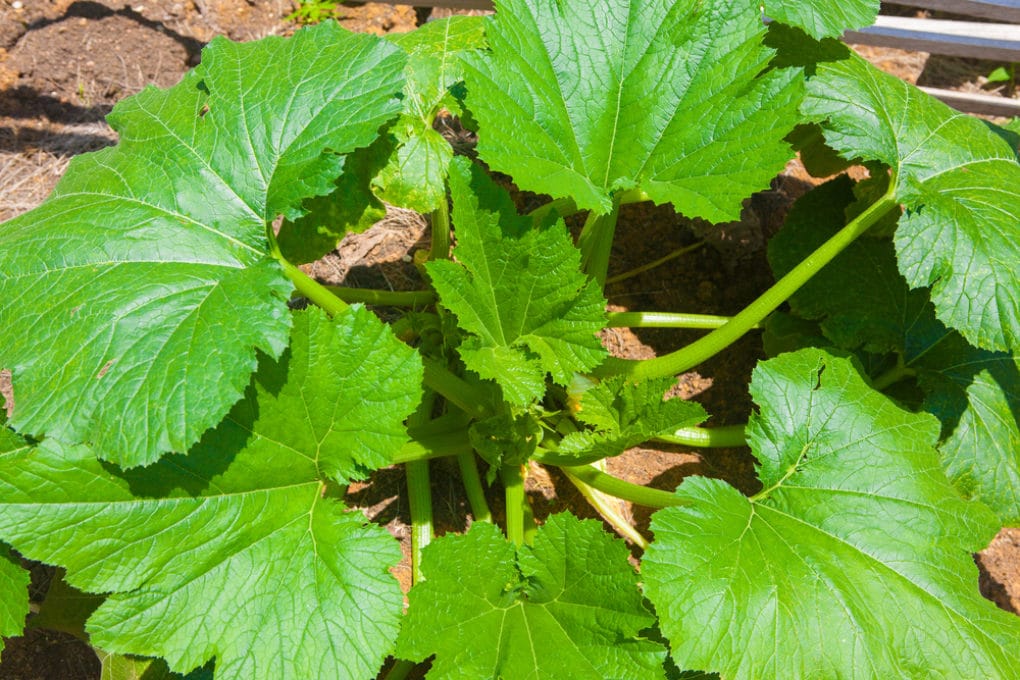
www.garden.eco
Why Do Zucchini Leaves Turn White (And What To Do About It) – Soak And Soil
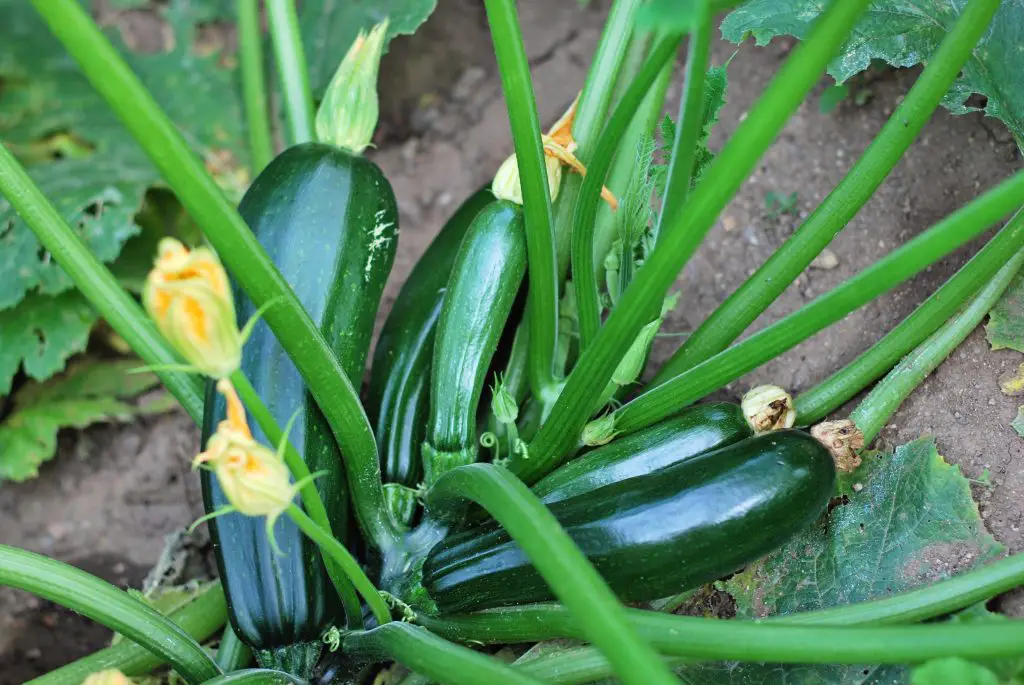
soakandsoil.com
veins
How To Cook Zucchini Leaves | LIVESTRONG.COM

www.livestrong.com
leaves zucchini cook plant edible livestrong getty
Are zucchini leaves edible. Morag gamble blogs about permaculture in the home, garden and community. Why do zucchini leaves turn white (and what to do about it)
 markanthonystudios.net Mark Anthony Studios Site
markanthonystudios.net Mark Anthony Studios Site

